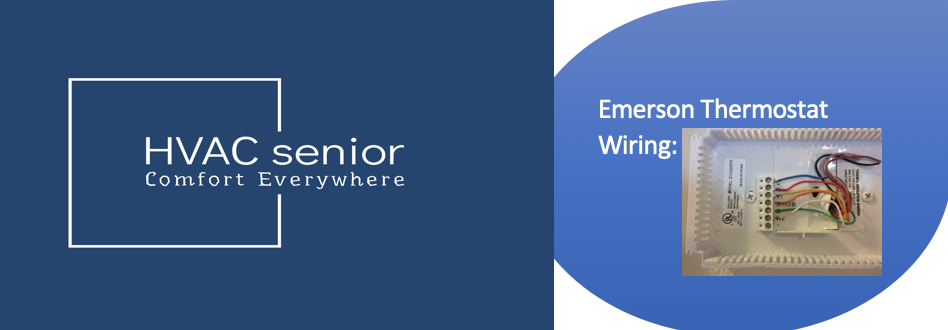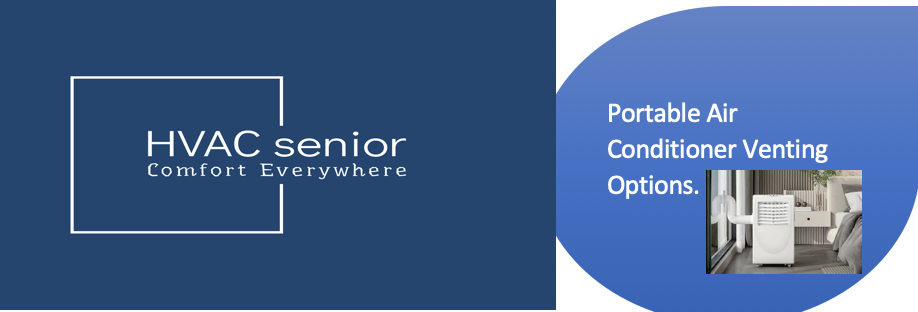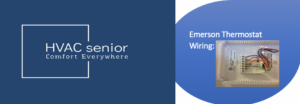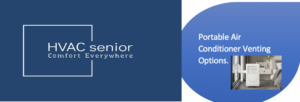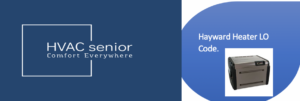Changing your furnace filter seems simple — that is, until you ask yourself, “Which way does the furnace filter go?” The direction of your furnace filter is more important than most people realize. Installing it in the wrong direction can reduce airflow, cause a strain on your HVAC system, and even damage the furnace down the road.
In this ultimate guide, you will learn:
- Why filter direction matters
- How to know which way to install your filter
- What happens if you install it backwards
- How to find and install your filter correctly
- How to maximize HVAC performance and indoor air quality
Let’s put an end to the confusion once and for all.
What Is a Furnace Filter?
An air filter (or furnace filter) is a rectangular box of material — most often fiberglass, pleated paper, or polyester — that’s inserted inside your HVAC system. It’s designed to trap dust, dirt, pet hair, and airborne particles before they can make their way to your furnace or blower motor.
It safeguards:
- Your HVAC components from clogging or damage
- The air in your home from becoming dusty or unhealthy
The majority of furnace filters are disposable and need to be changed every 1 to 3 months, based on your system, filter, and air quality.
Why Furnace Filter Direction Matters
Furnace filters can only efficiently capture particles if they’re installed in the correct direction. Airflow in your HVAC system moves in a specific direction: from your home’s return vents → through the filter → into the furnace or air handler → out through supply vents.
When the filter is reversed, several things occur:
- Reduced airflow
- Higher energy bills
- Reduced furnace lifespan
- Poorer indoor air quality
Let’s see how this occurs.
1. Airflow Design
Furnace filters also have two sides:
- One side faces the incoming air (the “dirty” air from your home).
- The other side faces the furnace blower (the “clean” air side).
The filter media is angled to permit dust to accumulate properly on the correct side. Putting it in backwards lets particles pass through or plug up airflow too soon.
2. Frame Support
Most filters have a cardboard frame with a wire mesh or reinforced backing on one side. That side must be toward the blower motor to provide structural strength against the suction force.
Reversed, the mesh won’t be in the proper place, and the filter can collapse, tear, or permit dust to enter your furnace.
3. Efficiency and Energy Impact
A backward furnace filter makes your HVAC system work harder. Air cannot pass easily through the dense filter medium, creating resistance.
This results in:
- Increased energy use
- Less efficient heating or cooling
- Potential furnace overheating
Proper direction allows maximum efficiency and protection.
Also read: Furnace blowing cold air
How to Know Which Direction the Furnace Filter Faces
Every furnace filter has an airflow direction arrow printed on its frame. This arrow shows the direction the air should flow through the filter.
Here’s how to identify the correct direction:
- Locate the Airflow Arrow
Look along the edge of your filter — you’ll see an arrow labeled “Air Flow” or “This Side Toward Furnace.”
- Find Your Furnace’s Airflow Path
Air flows from the return duct (where air is pulled in from your home)
In the direction of the furnace blower (where it gets heated or cooled)
- Install the Filter in the Correct Way
Arrow → in the direction of the furnace blower motor
Arrow ← in the direction away from the return duct
Easy rule: The arrow should always point in the same direction as airflow — toward the furnace, not the return vent.
Also read: Can You Wash a HEPA Filter
Common Mistake: Installing the Filter Backwards
It’s simpler than you suppose to install a furnace filter backward, in part since it will fit both ways. However, installing it backward does cause real problems.
What Occurs if You Install It Backward?
- Reduced Airflow: The dense filter media slows down air, causing the furnace to work more intensely.
- Poor Filtration: Dust and dirt can bypass the filter, flowing through your ducts.
- Higher Energy Bills: Restricted airflow equals greater electricity or gas consumption.
- System Strain: In the long run, it can cause the blower motor to overheat or fail.
- Uneven Heating or Cooling: You will notice rooms failing to reach set temperatures.
If you discover a backwards filter, pull it out immediately and reinstall it in the proper direction.
Where to Find the Furnace Filter
You need to know where the filter is before you can replace or inspect direction. This depends on your HVAC setup.
1. In a Furnace Compartment
Most common in basements or utility closets.
- The filter is inside or near the blower compartment door.
- You’ll usually see a removable panel or slot marked “Filter Access.”
2. Behind a Return Air Grille
In some homes, especially apartments or condos, the filter is behind a large return vent in a hallway or ceiling.
- Turn off the system.
- Open the grille and slide out the old filter.
- Install the new one with the arrow facing toward the duct, not the room.
3. In a Filter Slot Close to the Duct
Certain systems include a thin slot between the return air duct and furnace.
- Pull out the old filter gently.
- Observe the arrow direction prior to inserting the new one.
How to Replace a Furnace Filter (Step-by-Step)
Replacing your furnace filter is fast and easy. Here’s how to do it correctly and safely.
Step 1: Turn Off the Furnace
Turn off your HVAC system before removing the filter. This will prevent dust from circulating while the blower runs.
Step 2: Locate the Filter Slot or Panel
Find the filter access door or slot. It’s typically between the return air duct and the blower compartment.
Step 3: Remove the Old Filter
Pull the filter straight out. Check the arrow mark before you dispose of it so that you’ll know which way the new one goes.
Step 4: Put in the New Filter
Insert the new filter into the slot with the arrow pointing in the direction of the furnace blower. Make sure that it’s secure and fully covers the opening.
Step 5: Turn the System Back On
Replace the grille or panel and reactivate the furnace. Within hours, you’ll notice better airflow and performance.
How Often to Change Your Furnace Filter
The frequency of changing your filter will depend on your environment, system usage, and filter type.
| Filter Type | Recommended Replacement |
| Fiberglass | Every 30 days |
| Pleated (standard) | Every 60–90 days |
| High-efficiency (HEPA) | Every 6–12 months |
| Washable filters | Clean every 30 days |
You’ll have to change it more often if:
- You have pets
- You live in a dusty area
- Someone in your household has allergies
- The HVAC system runs daily
Regular filter changes increase airflow, reduce energy bills, and extend furnace life.
How to Remember Furnace Filter Direction
It’s easy to forget which way the arrow should face — especially when changing filters infrequently. Try these simple reminders:
- Mark “TOWARD FURNACE” on the filter frame with a pen before installing.
- Take a photo of the correct direction with your cell phone.
- Put a sticker or label on your furnace with an arrow pointing in the direction of airflow.
These easy tricks prevent mistakes down the line and keep your system running efficiently.
Signs of a Backward or Dirty Filter
You may have a filter that’s been installed backwards — or one that’s simply dirty — if you see:
- Weak airflow from vents
- Furnace running constantly
- Dust settling around vents
- Uneven heating or cooling
- Unusual furnace noises
- Higher energy bills
If any of these happen, check the filter direction and replace it immediately.
Tips for Improved Airflow and Efficiency
- Use the appropriate MERV rating.
More is not always better — too restrictive filters can limit airflow. For most houses, a MERV 8–11 filter is ideal.
- Leave return vents open.
Do not block vents with furniture or curtains. Good airflow enables filters to work efficiently.
- Seal leaks in ducts.
Small leaks cause a waste of air and cause the system to draw in more dust. Check ducts every few years.
- Maintain your HVAC system.
Have professional maintenance annually to clean coils, check motors, and balance airflow.
Key Takeaway: The Arrow Always Points Toward the Furnace
Here’s the simplest way to remember it forever:
✅ Air moves from your home → into the return vent → through the filter → into the furnace.
Therefore, the arrow should point towards the furnace (or blower motor), not towards the return vent.
Final Thoughts
The direction of your furnace filter may seem like a small thing, but it has a big impact on your HVAC system’s performance and longevity. Installing it backwards can restrict airflow, increase energy use, and decrease indoor comfort.
Always go in the direction of the airflow arrow — toward the furnace — and change filters frequently to keep your home’s air clean and your system humming smoothly all year long.



